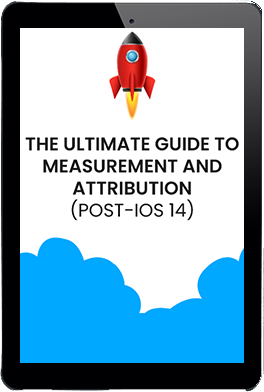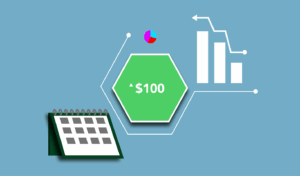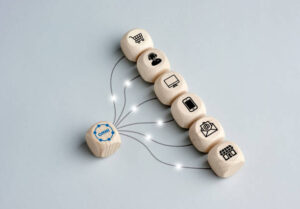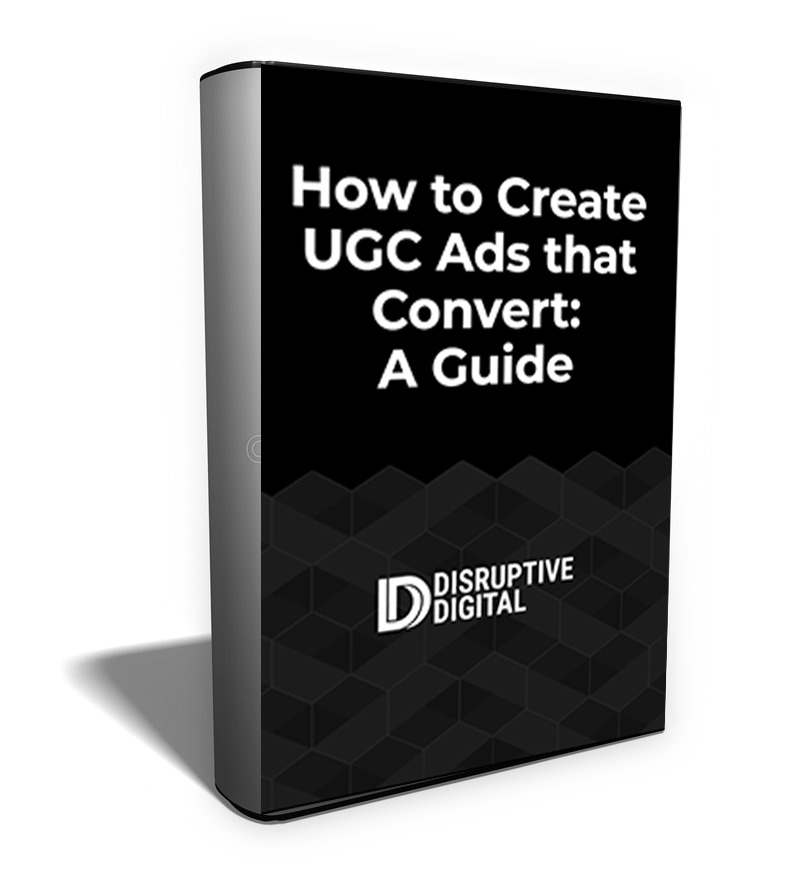How to Define Your Business End Goal for a Facebook Campaign
The first step for businesses to take is simple: understand exactly what end goal your Facebook campaign is designed to support.
For many e-commerce brands, it’s likely a purchase. Every campaign supporting it, then, also needs to keep purchase as its main goal and optimization mechanism. For many subscription businesses, the traditional answer has been the free or heavily discounted trial to get someone in the door.
However, Facebook is always changing and this time, it’s likely for the better. Thanks to a recent innovation, there are opportunities to optimize for a deeper, more meaningful event than the initial trial. Again, we’ll dig into the details of this in a follow up article.

How Advertisers With Low Signal or Fewer Transactions Can Optimize Towards End Goals
For advertisers who drive fewer transactions and therefore deliver lower signal for optimization, moving the Facebook campaign goal to a stage just before the sale may seem counterintuitive.
However the best approach still remains optimizing towards your ultimate end goal. Any move back up the funnel to increase signal should only be temporary, designed to add data until the ultimate goal (optimization towards the purchase) becomes more realistic again.
In addition, advertisers with low signal or fewer transactions can pull these three levers to overcome their data challenges:
- Target high-intent prospecting audiences. For example, a 1% lookalike audience of customers from your CRM can expand your potentially relevant audience, as can strong intent indicators that drive purchases of your product like tight interests and income level targeting that matches your products’ price point, etc.
- Improve your purchase tracking and data transmission. For example, conversion API integrations like Shopify have been shown to hurt businesses by providing incomplete datasets to Facebook. Using best-in-class conversion API is vital to capture all purchase-relevant targeting to optimize your ads toward your end goal.
- Optimize for a post-iOS 14 environment. Brands with a high AOV have especially suffered from the drop in conversions brought about by Apple’s iOS 14 update. Steps for high AOV brands to counter that trend include consolidating campaigns, adjusting creative, adjusting retargeting setups, and better leveraging on-platform data.
In other words, a lack of signal or conversions is not necessarily a reason to move away from optimizing your Facebook campaigns for business end goals. Instead, it just requires some tweaks and optimizations to ensure the data is there to give it the best shot.Cas








